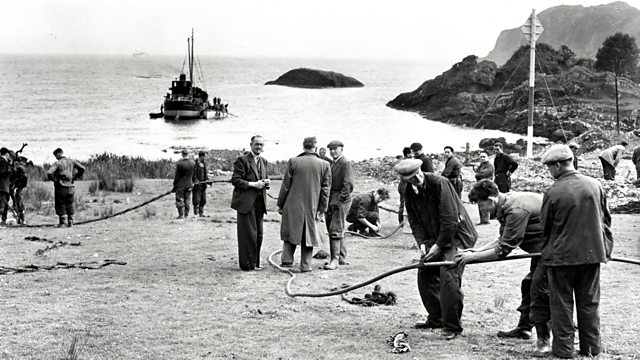Tat-1
In the 1950s, Paul Robeson was banned from leaving the USA. Aleks Krotoski tells the story of how he used the new transatlantic telephone cable to sing live to British fans.
In 1957 the singer, actor and civil rights activist Paul Robeson in 1957 performed a concert to an audience sitting in St Pancras Town Hall in London. Astonishingly, Paul Robeson was in New York at the time, and he was performing live over a transatlantic phone line.
Robeson was an outspoken critic of lynching laws and anti-fascism. Because of his support of these causes, he was a victim of early attempts by the US FBI to quash civil rights activism, and was blacklisted by the State Department. His passport was cancelled so he could not leave the US.
But Robeson was also an innovator, who used the latest tools to go around the restrictions that were imposed upon him. When the authorities increasingly tried to silence him, he used technology to make his voice heard.
Aleks Krotoski tells the story of how Paul Robeson came to perform for his British fans using the new transatlantic telephone cable, called TAT-1, It was laid between 1955 and 1956, and it linked Newfoundland, Canada and Oban on the West Coast of Scotland.
TAT-1 is one of the objects on display in the Information Age Gallery at the Science Museum in London. This new gallery features the evolution in how we communicate with one another. The objects in the gallery represent cultural moments from the last 200 years, not just technological innovations.
Last on
Image courtesy of BT Heritage and Archives
Broadcasts
- Tue 21 Oct 2014 13:45大象传媒 Radio 4
- Tue 5 Jan 2016 09:30大象传媒 Radio 4 FM
Podcast
-
![]()
Hidden Histories of the Information Age
Aleks Krotoski explores innovations and cultural events from the age of communication.


